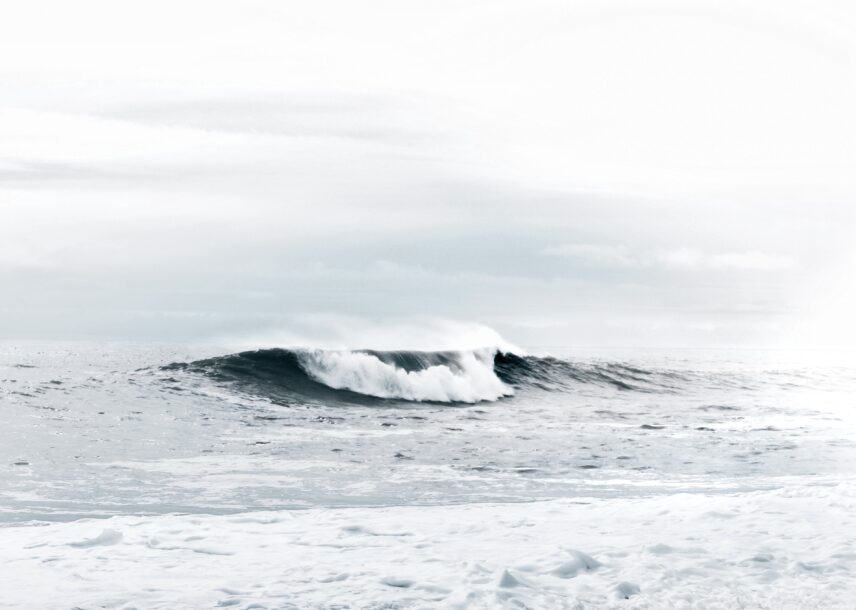Sustainability is a big talking point in the modern world. From plastic bottles to traffic pollution, to food and farming, it’s becoming all too obvious that nothing lasts forever, especially if treated less than optimally.
In an age that offers instant-everything, 24/7 communication and the ability to order almost anything directly to your door at the click of a button, it’s no wonder other aspects of life have been neglected. Having lived fast, furious and frivolous for a while means important things like longevity, sustainability, caring for quality of life and not just the material possessions filling it haven’t been top of the to-do list in the past few years. Now however, living a long and healthy life on a loved and cared for planet seems to be things many of us individually and communally are striving towards and deeply committed to. We’ve created, we’ve destroyed, and our attention now turns towards preservation. These three aspects of creation, preservation and destruction are recognised in the Hindu tradition as three vital phases of life, and applicable to everything in this world.
Holy Trinity
Hinduism considers there to be three aspects of life that work in a cyclical nature; creation, preservation and destruction. Everything in nature moves through these phases, and can be accelerated or slowed depending upon nature’s circumstances. These three parts are linked to three Hindu gods; Brahma (the creator), Vishnu (the preserver) and Shiva (the destroyer). When referring to ‘destruction’, the intention is not to destroy and annihilate all together, but rather transform, just as fire destroys paper and transforms it to ash, Shiva destroys one thing to change it to another. The middle child of this group of gods known as the Trimurti is Vishnu, worshipped by Vaishnavas, a specific religious sect. In the ancient legends, Vishnu is credited with blessing all the other gods with the gift of immortality, he is the protector and preserver of the universe, and in troubled times he is said to return to the earth to restore the balance of good and evil.
Revered text the Rig Veda mentions Vishnu several times, and his nine incarnations may be recognisable as Matsya, Kurma, Varaha, Vamana, Parasurama, Rama, Krishna and Buddha, with a tenth incarnation yet to arrive, expected to come into being towards the end of the world as a human riding a white horse. Vishnu’s wife Lakshmi (goddess of wealth, prosperity and abundance) is introduced in a tale known as the Sagar Manthana, in which the ocean of milk is churned, producing not only Lakshmi, but a wish-granting cow, several elephants, a divine seven-headed horse, a flowering tree, and Chandra the moon, amongst other gifts risen from the ocean floor….
Movement & Stillness
Whilst these ancient stories tell a mythological story of life, with deep seated morals and teachings, what can we learn from them and make use of in everyday life? Well, this aspect of ‘churning’ is something we can cultivate in meditation. Used by many Raja-Yoga practitioners, Tantra yogis and Transcendentalists, sitting down to meditate for them isn’t about forcing the mind to be clear and empty. It’s about noticing what comes up, what rises to the surface of the mind and why. My own teacher described the technique to me in a way that seemed so realistic and valuable, and something capable of facilitating true peace:
Picture the mind as an ocean. When we use the breath as a focus or attempt to ‘empty’ the mind, we may succeed in calming the waves on the surface and find temporary relaxation, but the real issues, the real ‘stuff’ that leads to true transformation is found at the bottom, on the ocean floor. Sit and listen; allow those things to come up, allow them to be churned, and once they rise to the surface they can finally be recognised, released and cleared.
Turning towards the physical posture representing Vishnu, we see the shape of someone lying on the ground, and even though the asana may look easy, it can be difficult to maintain if full attention isn’t given to it.
Anantasana, lying on the ground, leg stretched into the air and the core muscles engaging to carefully maintain balance on the side of the body, we’re reminded that even things that seem easy and appear unnecessary to practice are worthy of our time. We’re reminded that stillness can sometimes be more difficult than dynamic movement, and that true stillness is often found after the chaos of movement. We’re reminded that a practice doesn’t need to be made purely of handstands and arm balances, full back bends and Instagram-worthy shapes, but that the more subtle work of maintaining stillness in an ever-moving world can lead to a truly sustainable practice and provide the tools to calm the oceans of the mind.


